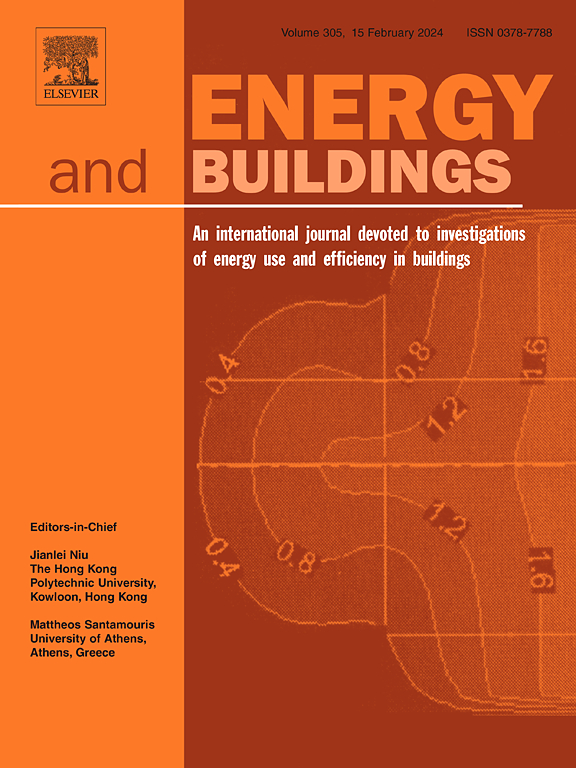Refrigerant charge fault diagnosis in VRF systems using Kolmogorov-Arnold networks and their convolutional variants: A comparative analysis with traditional models
IF 6.6
2区 工程技术
Q1 CONSTRUCTION & BUILDING TECHNOLOGY
引用次数: 0
Abstract
Variable Refrigerant Flow (VRF) air conditioning systems are prone to refrigerant charge faults due to improper human operation or external factors during long-term operation, leading to reduced system performance and energy waste. To address this issue, this paper studies, for the first time, the diagnostic performance of the Kolmogorov–Arnold Network (KAN) and its convolutional neural network variant (Conv-KAN) for diagnosing refrigerant charge faults in VRF systems under cooling conditions, introducing new methods to the field of fault diagnosis in air conditioning systems. From the VRF refrigerant charge fault experiments, 18 significant feature variables were collected and subjected to data preprocessing. Using the processed datasets, the structures and parameters of various neural network models were optimized. Subsequently, the models’ performances were compared from multiple dimensions such as convergence speed, model performance change curves, and confusion matrices. Finally, comparisons were made with traditional models, and significance tests were conducted based on the comparison results. The results show that both KAN and Conv-KAN outperform traditional neural network models in terms of convergence speed and diagnostic accuracy, achieving diagnostic accuracies of 99.24 % and 99.02 %, respectively, which are 3.86 % and 0.04 % higher than traditional neural network models. Further comparisons with KNN, SVM, and decision tree algorithms reveal that KAN and Conv-KAN still exhibit better performance. This study not only demonstrates the excellent performance of KAN in diagnosing VRF refrigerant charge faults but also compares it with traditional neural network models, contributing to research in this field.
求助全文
约1分钟内获得全文
求助全文
来源期刊

Energy and Buildings
工程技术-工程:土木
CiteScore
12.70
自引率
11.90%
发文量
863
审稿时长
38 days
期刊介绍:
An international journal devoted to investigations of energy use and efficiency in buildings
Energy and Buildings is an international journal publishing articles with explicit links to energy use in buildings. The aim is to present new research results, and new proven practice aimed at reducing the energy needs of a building and improving indoor environment quality.
 求助内容:
求助内容: 应助结果提醒方式:
应助结果提醒方式:


